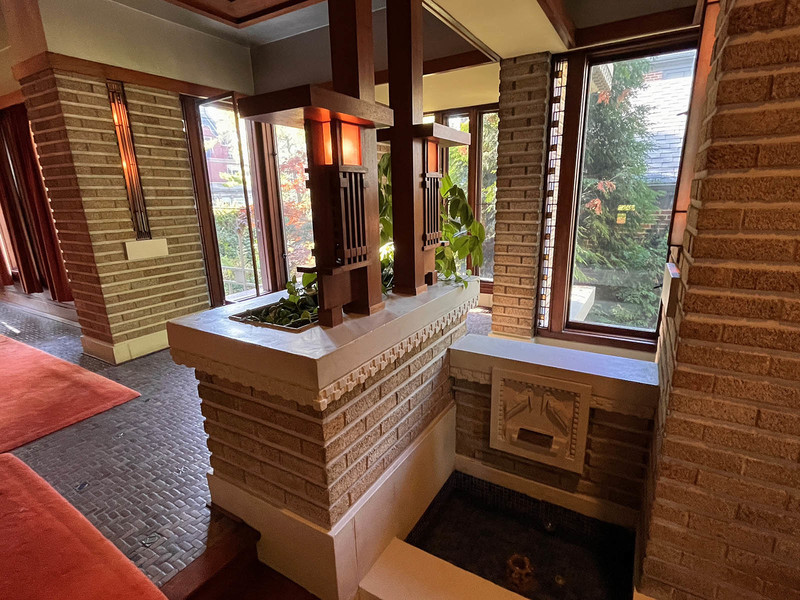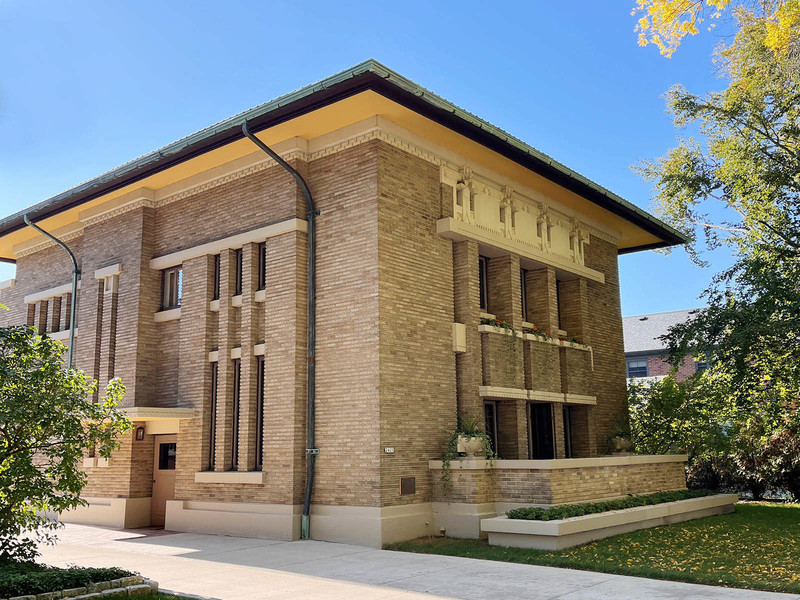{image1} Hundreds of tourists would normally flock to Taliesin in Spring Green this summer. But, two "living legacies" of legendary architect Frank Lloyd Wright could be close to dying because of financial and organization problems.
Taliesin and Taliesin West in Scottsdale, Ariz., draw more than 150,000 visitors a year. Both are national historic landmarks.
But, The Arizona Republic recently ran a two-part series that detailed the difficulties of the Frank Lloyd Wright Foundation, the group that governs and runs both facilities.
The newspaper reported the foundation needs $100 million and has started an emergency fund-raising effort, even though it has managed to raise only $2 million in the last two years.
In addition to the financial woes, the foundation has been racked by legal and organizational wrangling. The Republic quoted foundation vice-president Beverly Hart as saying, "We are an organization in chaos."
{image2}Two chief executives and a licensing director have come and gone at the foundation since last April. The dean and much of the faculty at the Frank Lloyd Wright School of Architecture have left. Enrollment at the school stands at 11, down from 23 a year ago.
Annual upkeep for the Wisconsin and Arizona campuses costs about $1.5 million, according to The Republic series. About $60 million in updating is needed at Spring Green. Work also is needed at the Arizona facility.
These costs stack up against the $4.8 million the foundation grossed in 2004 through tourism, licensing revenue and bookstore sales.
The makeup of the foundation board also has raised concern. Several of the board members are members of a fellowship who live and work at Taliesin. This could violate foundation bylaws and threaten the organization's tax-exempt status.
Those fellowship members also once did much of the work at the two campuses, but they are aging. Much of the work now is done by a paid staff of 60, with an annual payroll of $1.9 million.
Vernon Swaback, chairman of the foundation board, and some non-profit experts say new blood is needed on the board. But, the fellowship that controls the foundation has fought back, circulating a letter that slams the foundation's management and rejects a proposal to eliminate the fellowship's veto power over board decisions.
"It should be the chairman's ultimate responsibility to protect and speak well of the accomplishments of the foundation," states the letter. "We the Senior Fellowship as stewards of the Foundation, responsible for its continuity, decline to give up our rights."
Financial problems at the two Taliesin campuses are not new. The Spring Green facility deteriorated rather badly a few years ago, but several contributors rallied to its cause.
Even during Wright's life, financial and other controversies often dogged him. Even those who considered Wright a genius as an architect admitted he sometimes was a "deadbeat" in not paying his bills.
Wright also endured controversies in his personal life and for his political beliefs. Despite this, Wright's work gained stature. Since his death, he has reached legendary status.
So, some longtime followers of Wright's story might say, "what's new?" But, the current difficulties seem very dire.
Nobody in The Republic series, or sources contacted by this writer, said the Spring Green or Scottsdale facilities are in jeopardy of closing their doors this year. Swaback said recently, "We are so close to destroying ourselves."
Some have even said the UWM School of Architecture, the only such university school in the state, should become involved with at least the Spring Green facility. But, with the state budget being tight, such an involvement looks doubtful.
Those knowledgeable of the Wright foundation governance also doubt if they would cooperate with a mainstream university program.
Some people in the past have argued that Taliesin should be made a state park or national monument. Again, public budgets at this time would seem to prohibit such takeovers. And, the current people governing the foundation board would seem unlikely to cooperate.







